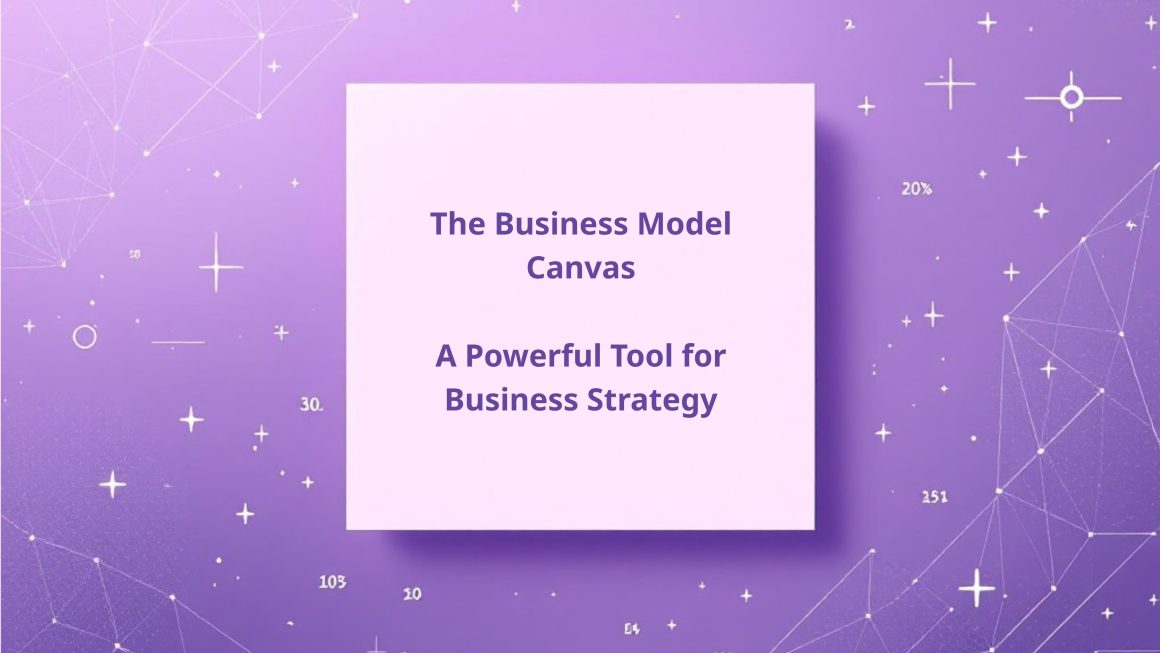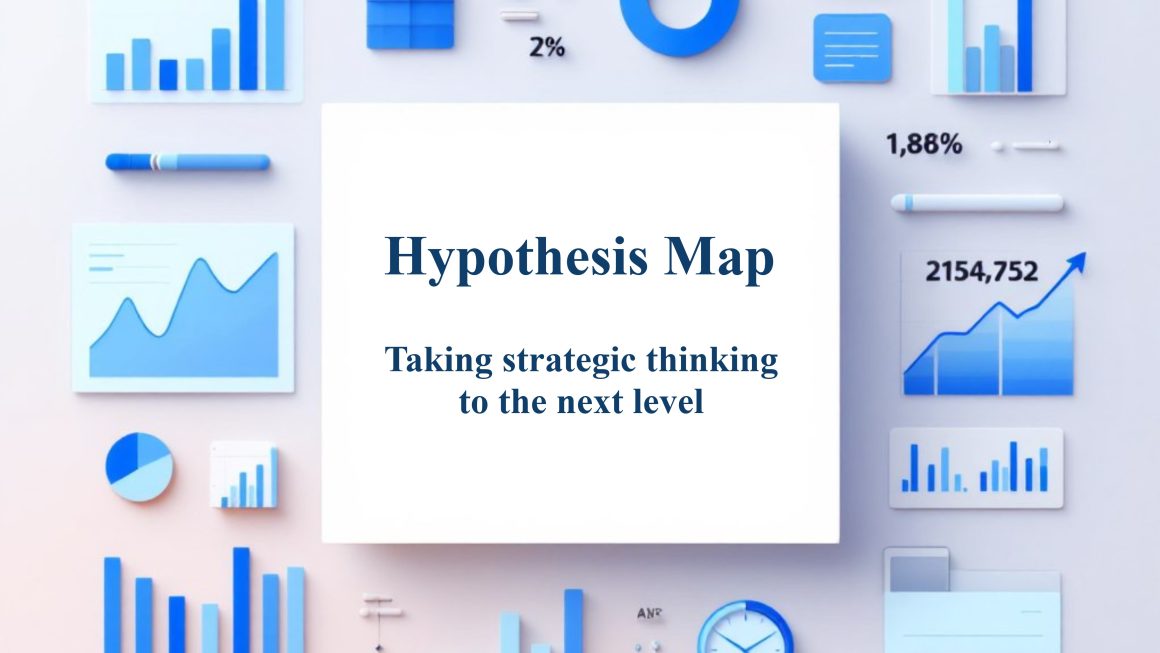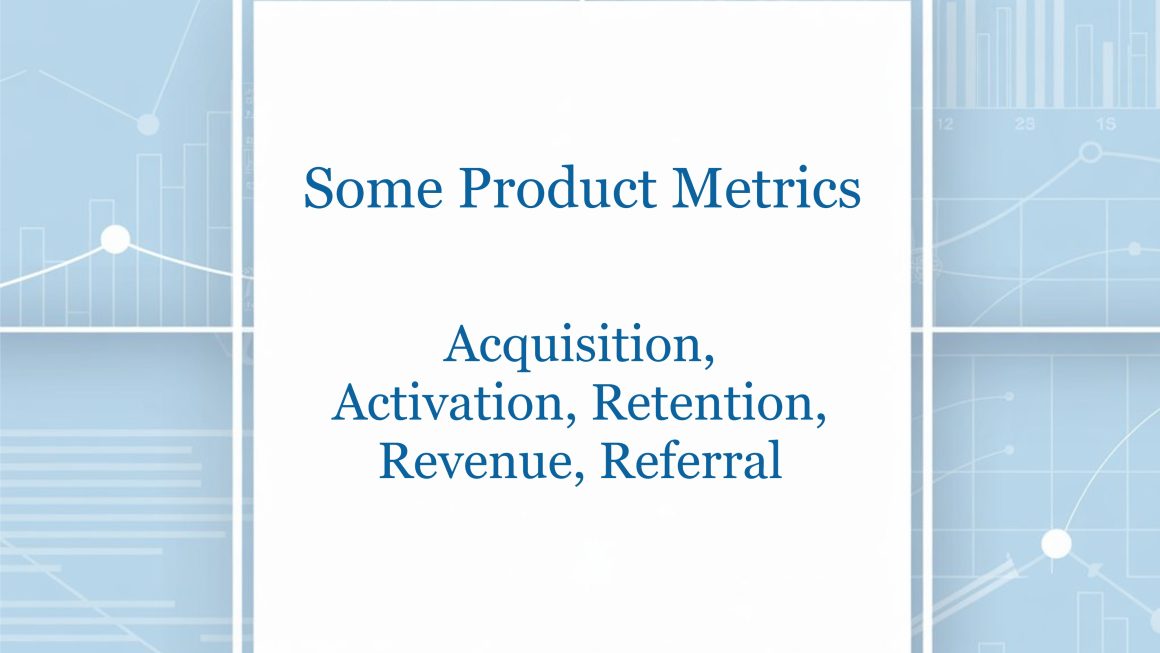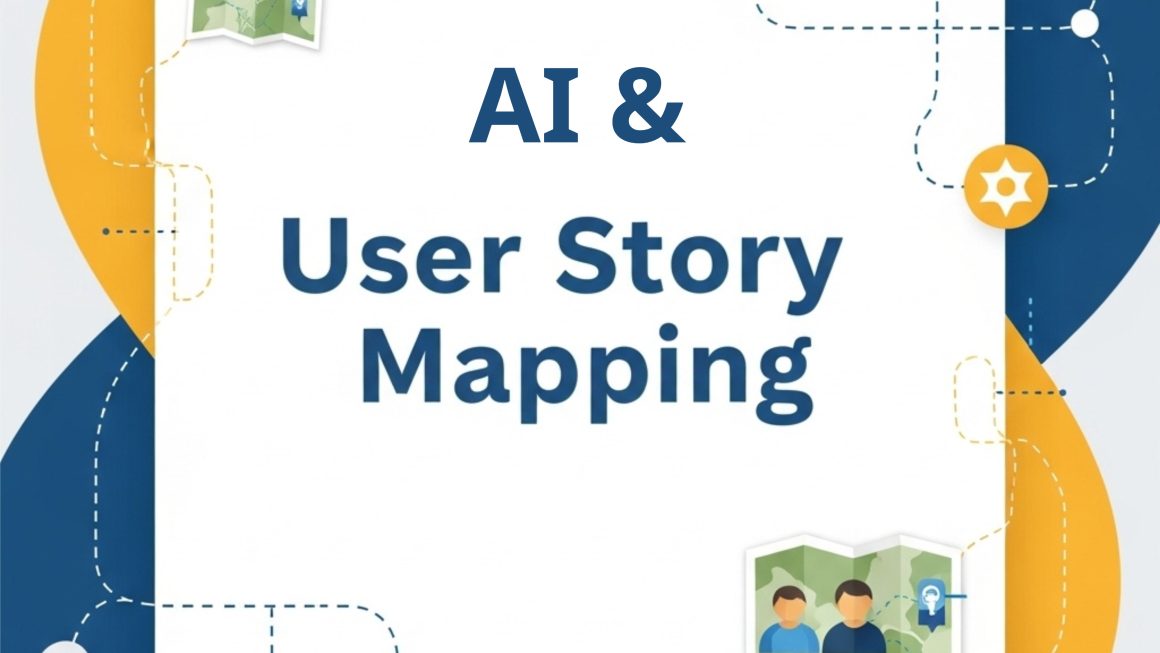Today, I would like to tell you about a powerful tool that has greatly assisted me and my tribe: the Business Model Canvas.
The Business Model Canvas (BMC) is a straightforward visual template, developed by Alexander Osterwalder and Yves Pigneur. It helps to clearly describe, analyze and enhance the business model of a company, department or a product, using nine core building blocks. With its aid, one can visualize how value is created, delivered and captured, as well as identify new opportunities for growth.
The BMC is beneficial for:
- Visualization: It allows you to see the entire business at a glance.
- Analysis: It helps identify strengths and weaknesses.
- Development: It’s used for building new models and refining existing ones.
- Communication: It provides a convenient way to discuss the business model with the team, partners, and investors.
The BMC comprises nine blocks:
1. Customer Segments: Who are we working for?
2. Value Propositions: What unique value do we offer?
3. Channels: How do we deliver the product and communicate with customers?
4. Customer Relationships: How do we attract and retain customers?
5. Revenue Streams: Where does the money come from?
6. Key Resources: What do we need to operate?
7. Key Activities: What must we do?
8. Key Partners: Who helps us?
9. Cost Structure: What do we spend money on?
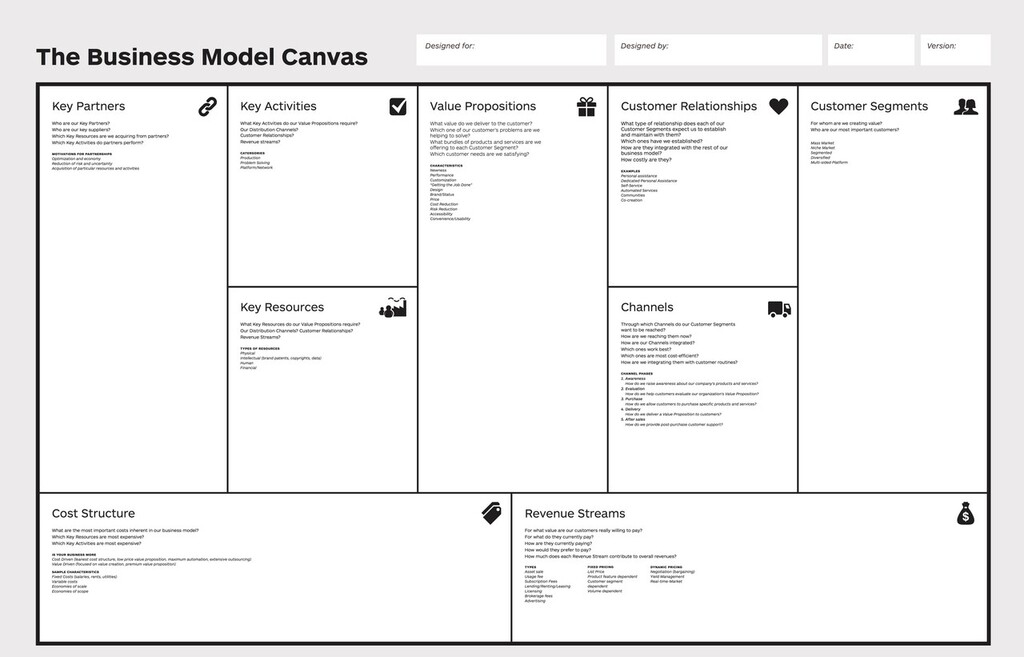
How to fill out the BMC?
We filled it out online on a board, using sticky notes to easily move and change ideas. We started with Customer Segments, as it’s the foundation. Then, we filled in the remaining blocks, understanding their interconnections, moving from block to block in this order:
Customer Segments
Value Propositions
Channels
Customer Relationships
Revenue Streams
Key Resources
Key Activities
Key Partners
Cost Structure
Who fills it out: For us, it’s a collaborative activity. By filling out the blocks, we all delved into the topic, discussed ideas and thoughts, and gained a shared understanding of how our business operates.
Key Considerations:
Be specific: Avoid general phrases. For example, instead of ‘good service,’ use ’24/7 personal manager.’
Use data: Rely on facts, not assumptions.
Find connections and dependencies: Remember that a change in one block inevitably affects others.
Update regularly: The BMC is not a static document. Review it frequently to ensure it reflects the current situation.
The BMC has helped us better understand our business and made more informed decisions.
Give it a try, and you will see how beneficial it is!
And if you already have experience using it, please share: did the tool help you, what challenges did you face, and do you use this model for onboarding new colleagues?

